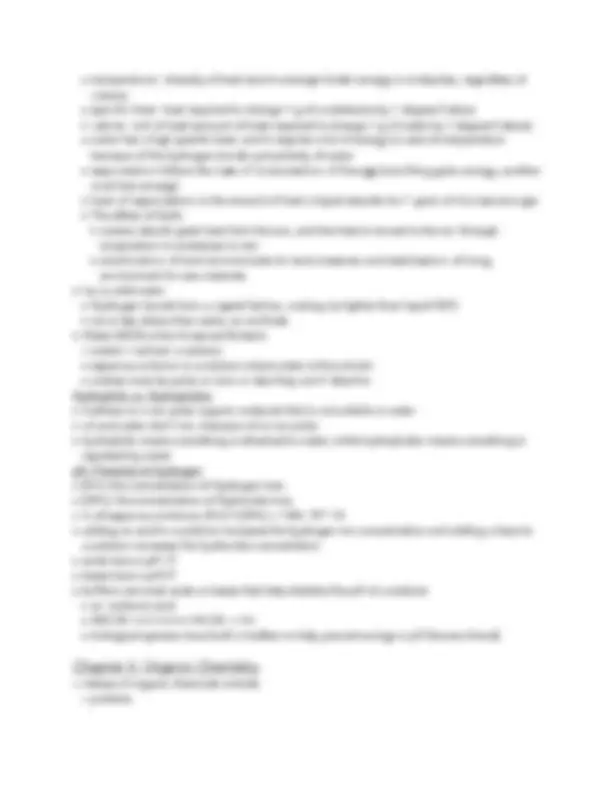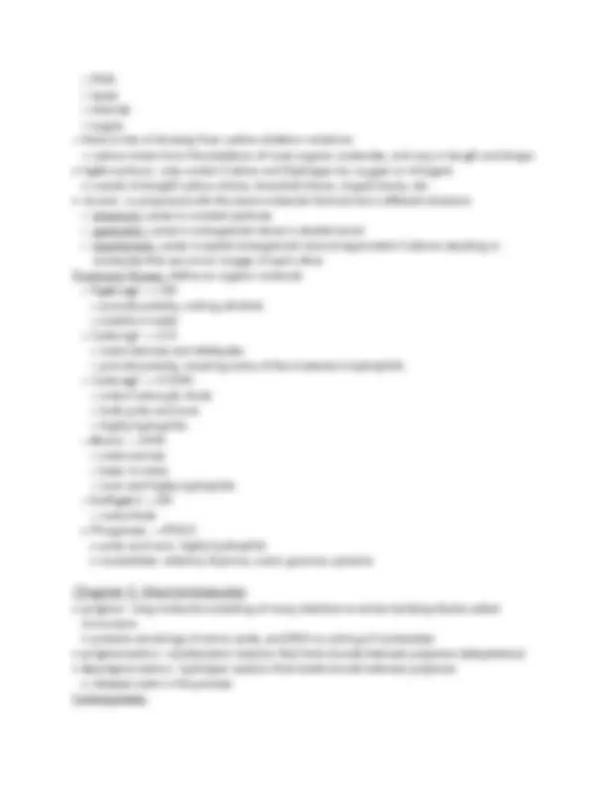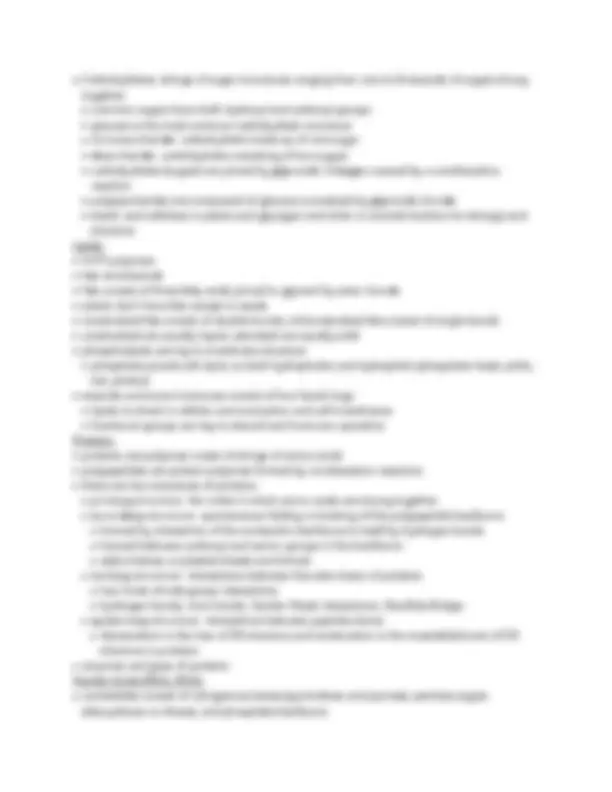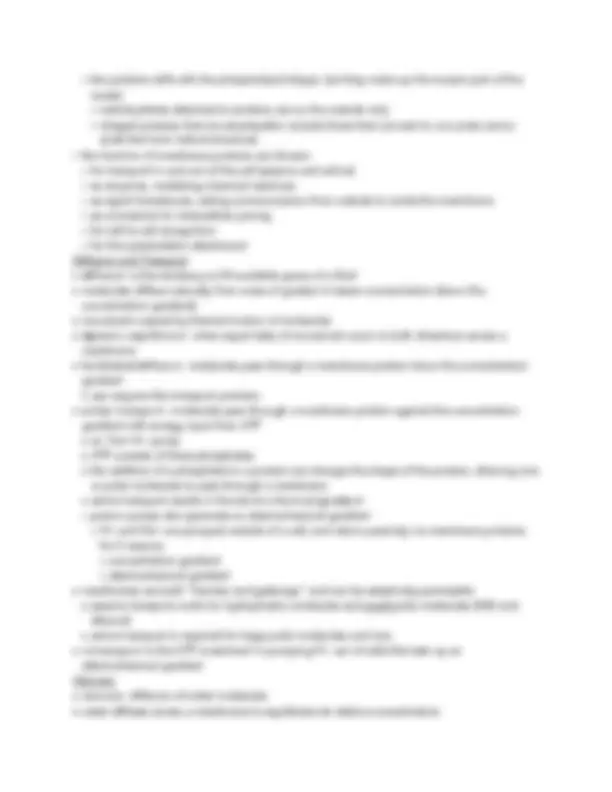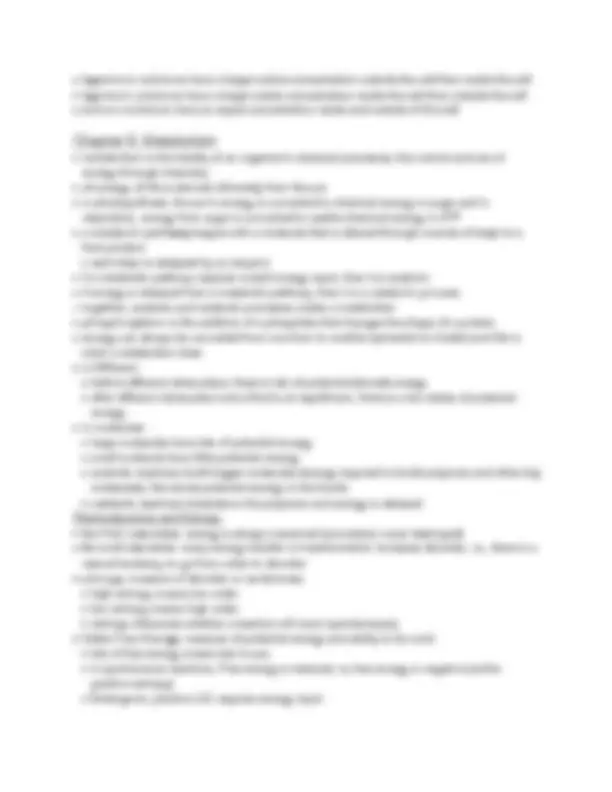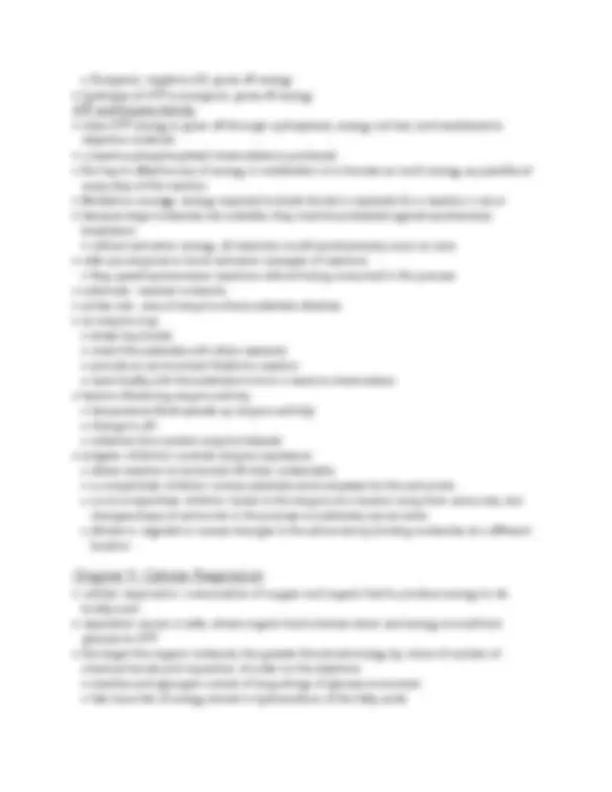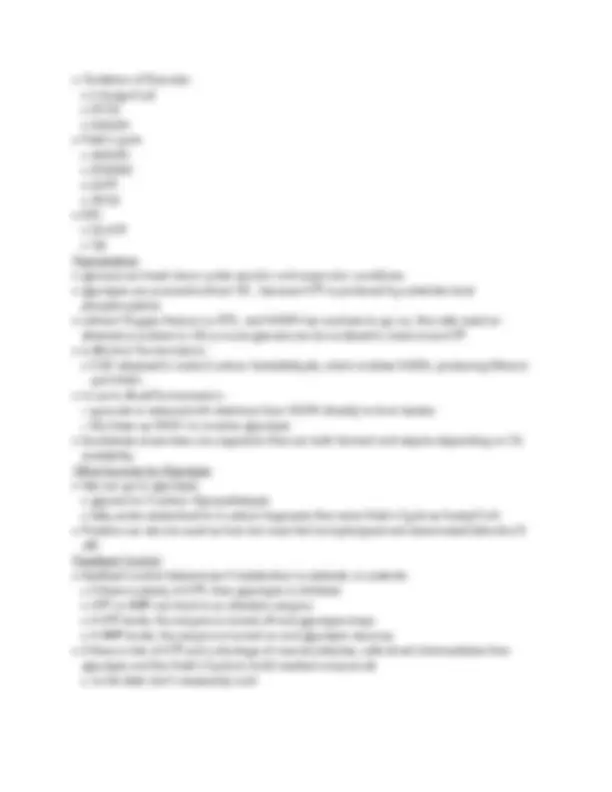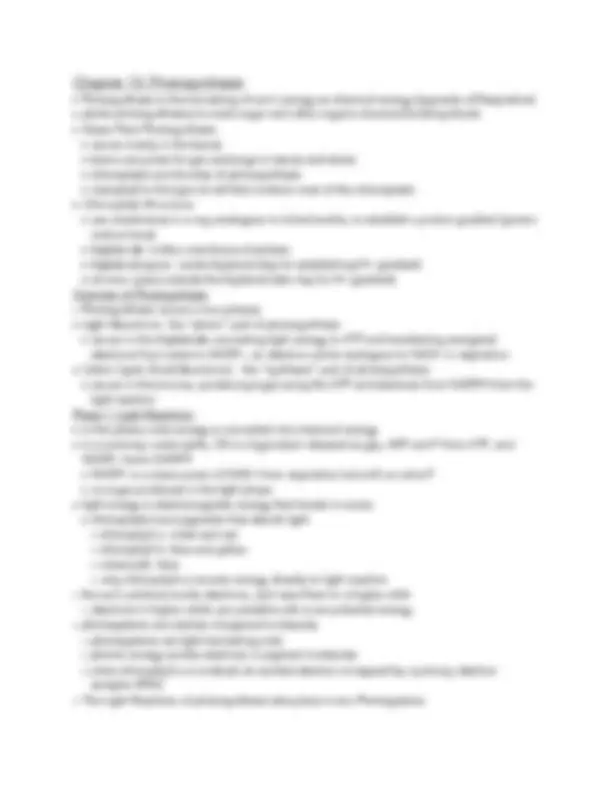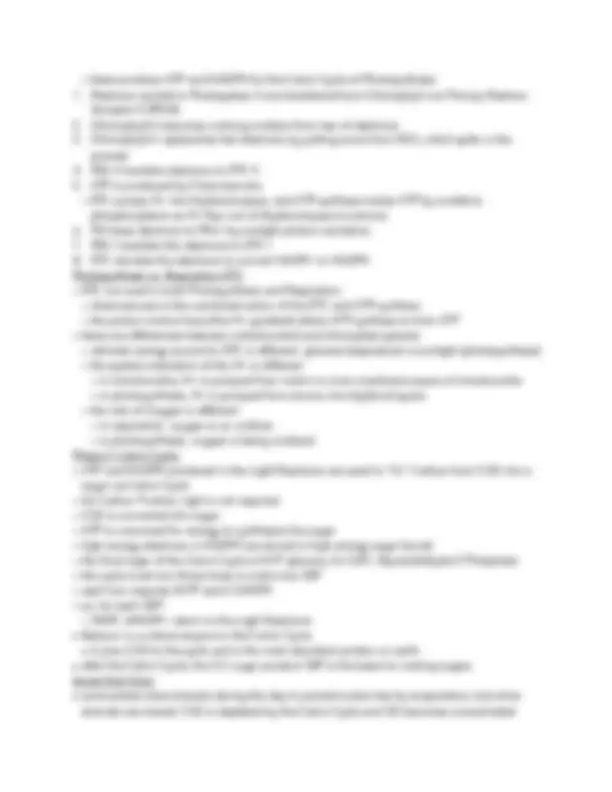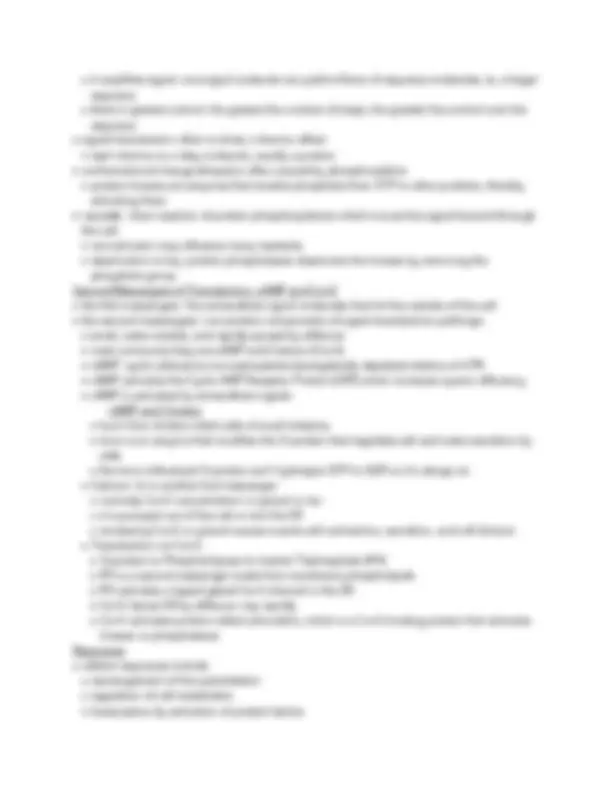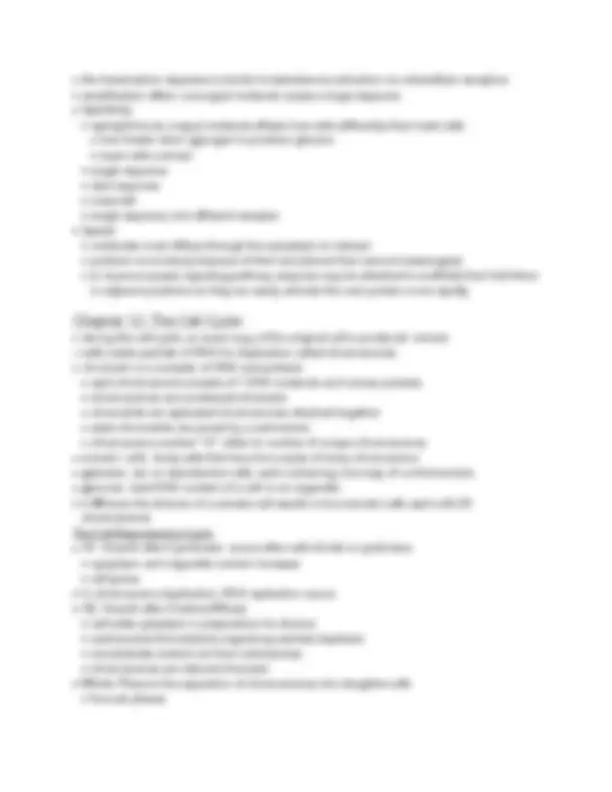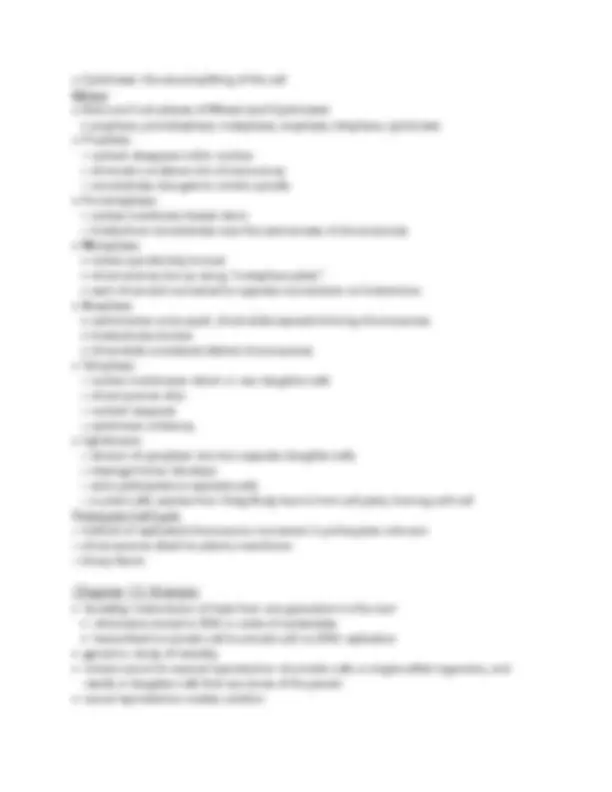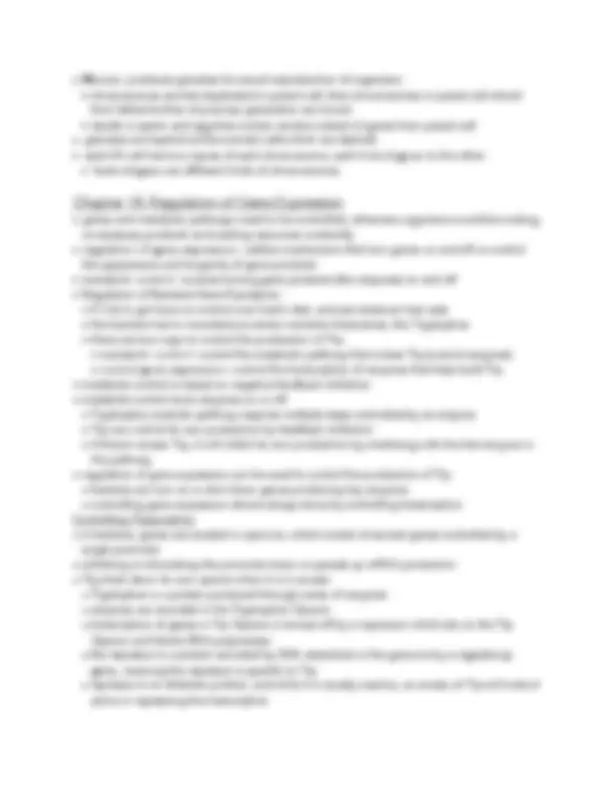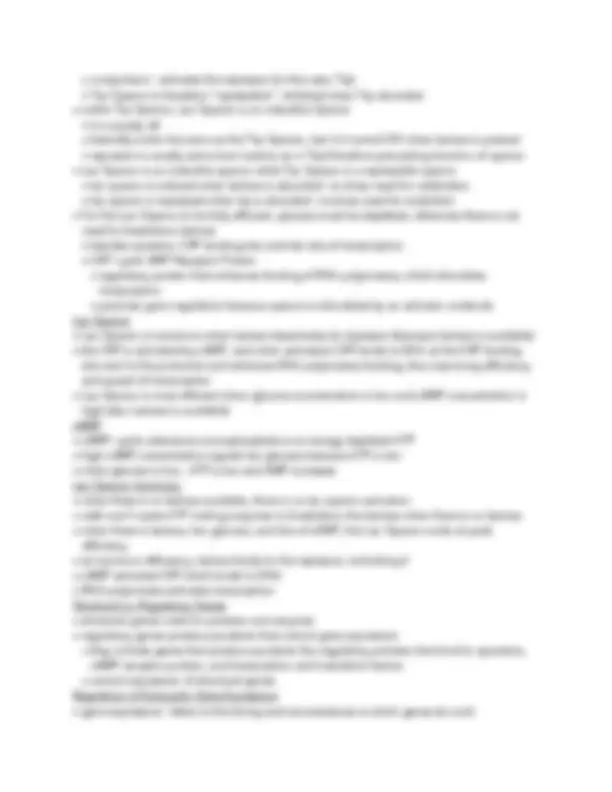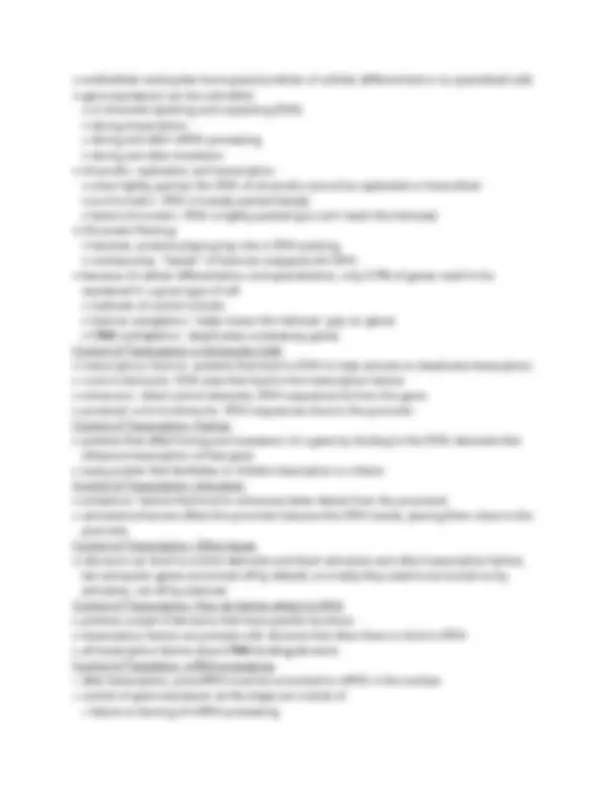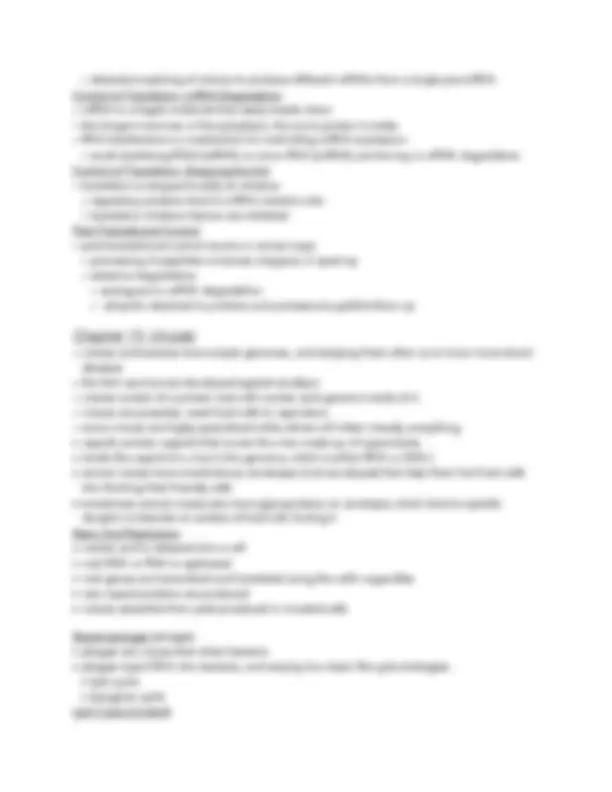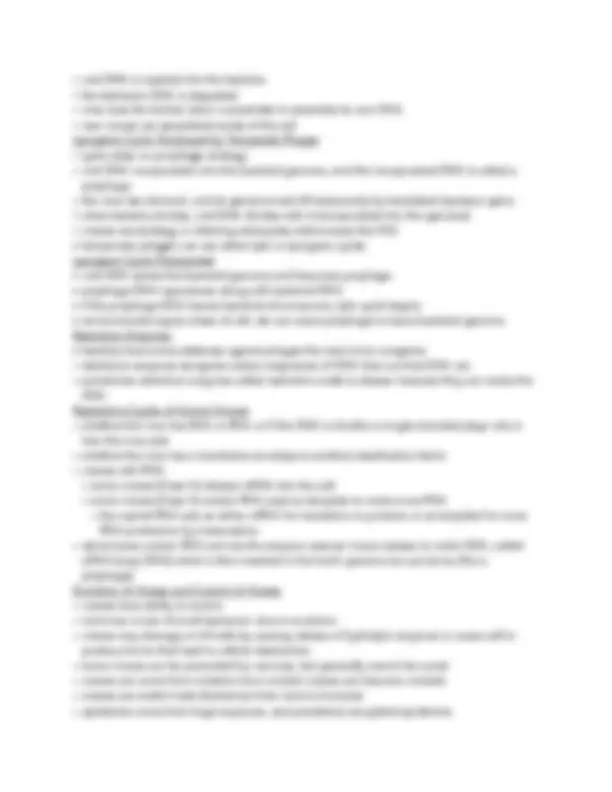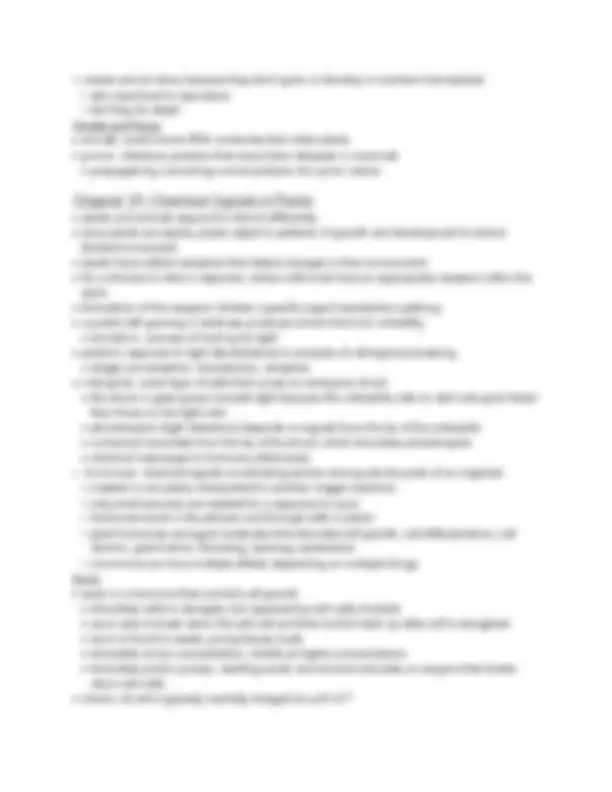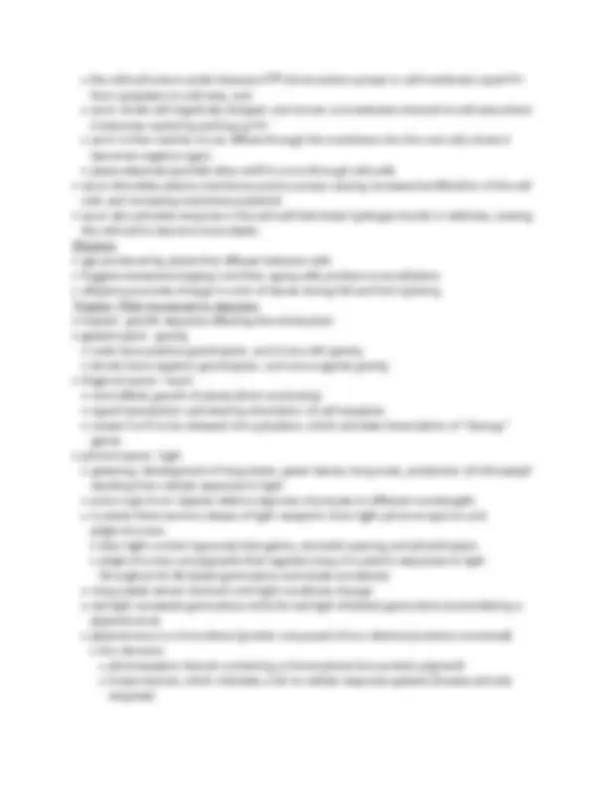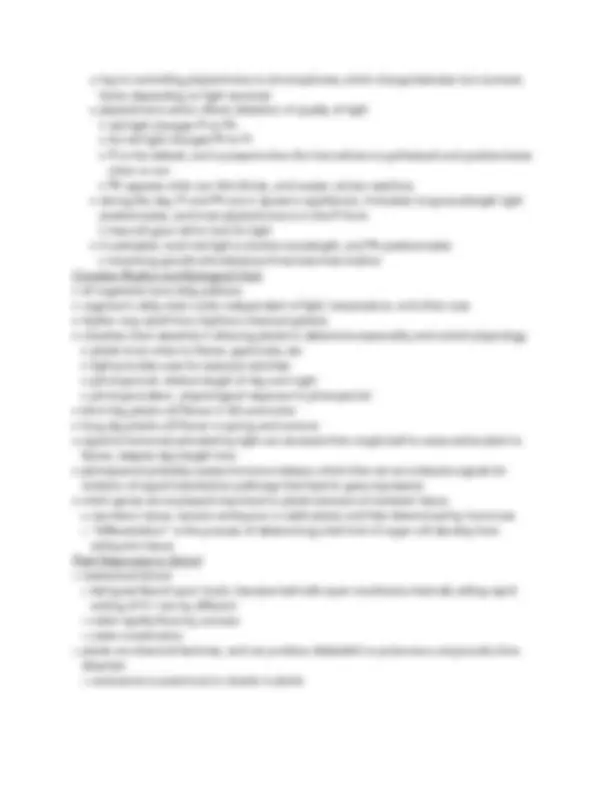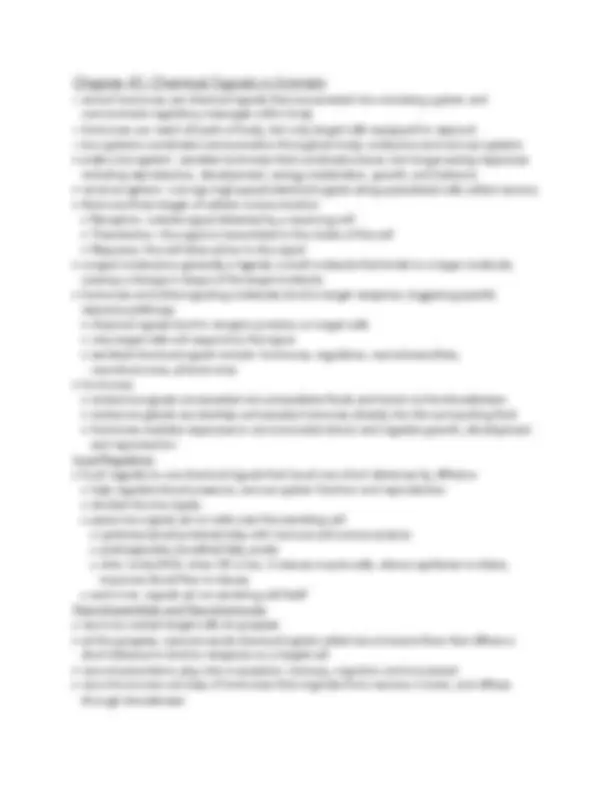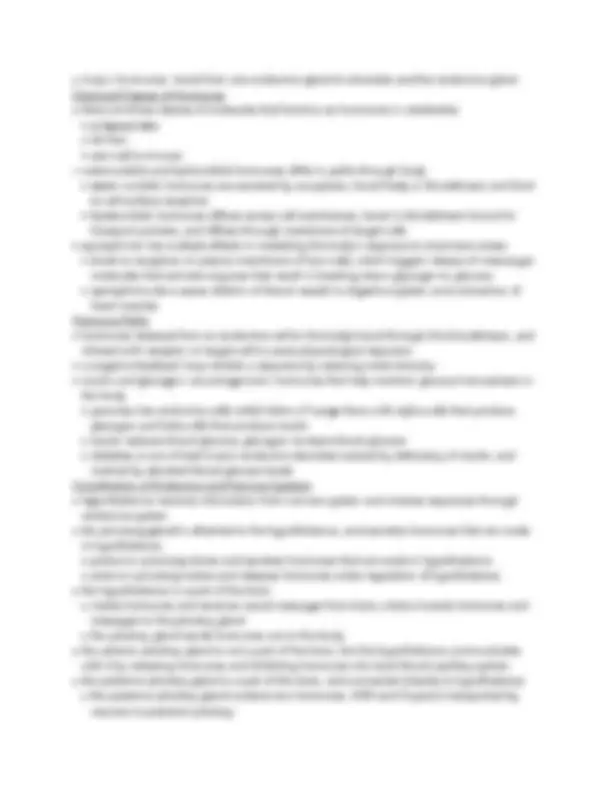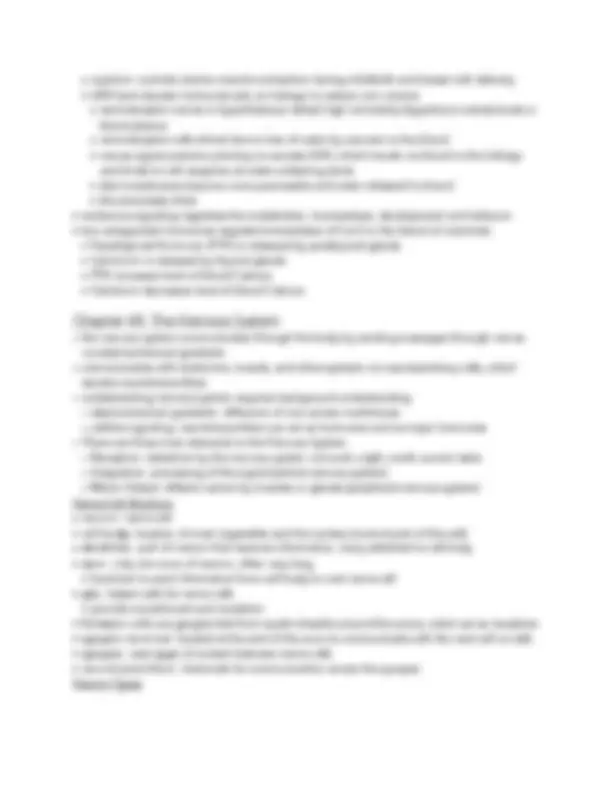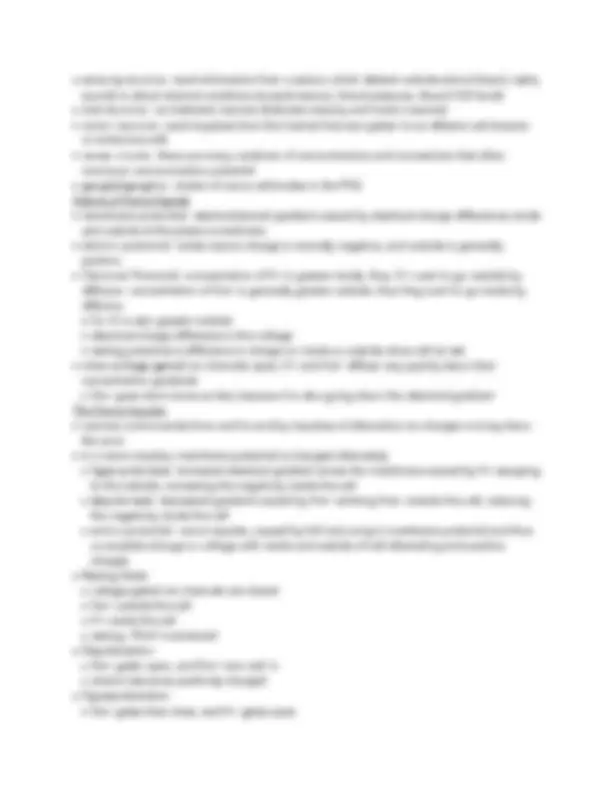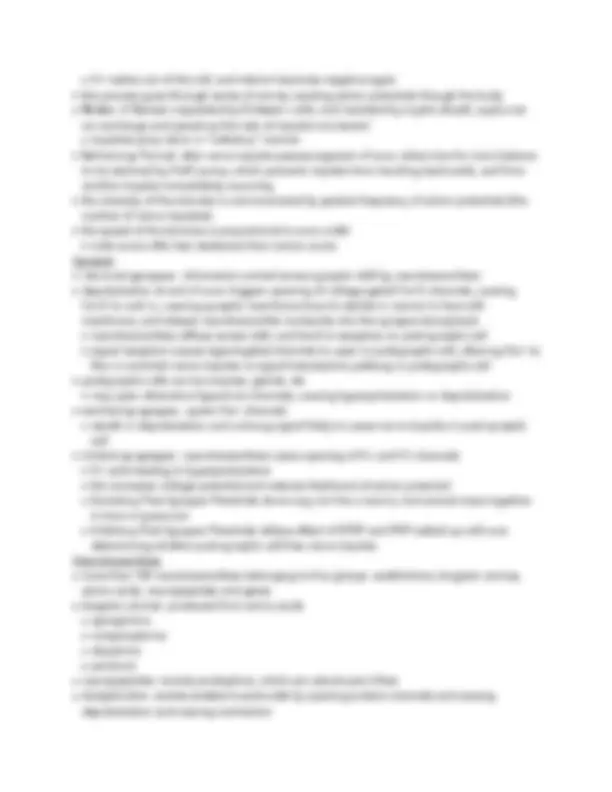
Biology 1201 Final
Chapter 1
• Qualifications of LIFE:
• order
• reproduction
• energy use
• growth and development
• response to environment
• homeostasis (internal response to the environment)
• evolutionary adaptation (longterm responses to the environment)
•
system: combination of components working together
•
to know how a system works requires understanding of interaction of its parts
•
examples: cells, ecosystem, etc
•
systems are usually complex to study in full
•
Reductionism (small picture) vs. Systems Biology (big picture)
•
there are 2 types of Biology :
•
Discovery Sciences: descriptive or comparative biology
•
uses inductive based logic and reasoning (drawing generalizations from observations
with no prior knowledge)
•
Hypothesis-Based Sciences: forms a testable hypothesis based on observations
•
uses deductive logic and reasoning (drawing specific conclusion from generalizations; if
then logic)
•
observations, hypothesis, experimentation, data analysis, conclusion (scientific method)
•
hypothesis: an untested assertion
•
theory: in broad scope, and often complex.
•
supported by a large body of evidence
•
ex: Theory of Relativity, Germ Theory, Theory of Evolution
•
Law: fact that can be proven mathematically
•
generally simple, straightforward concept
•
ex: Law of Conservation of Mass and Energy, Boyle’s Law of Gases
Chapter 2
•
elements: consist of a certain atom and molecule, and cannot be broken down into any
other substance
•
molecule: two or more atoms held together by a covalent bond
•
compounds: consist of two or more elements combined by a fixed ratio
•
25 elements essential to life (need to know: O, C, H, N, Ca, P, K, S, Na, Cl, Mg)
The Structure of Atoms:
•
atomic number: number of protons (and electrons) in an atom
•
atomic mass (mass number): sum of protons and neutrons in an atom
•
isotopes: the same atom with a different number of neutrons (different atomic mass)

